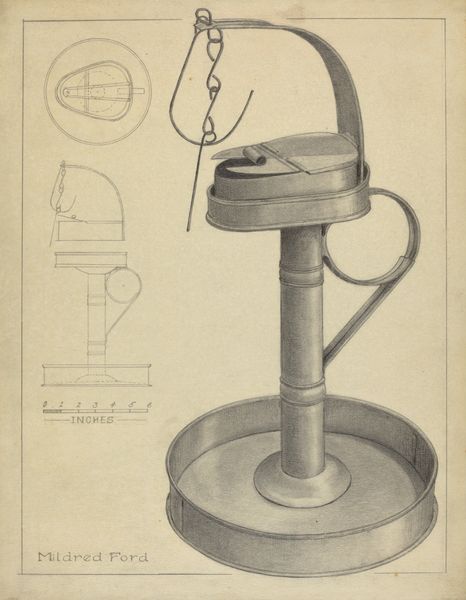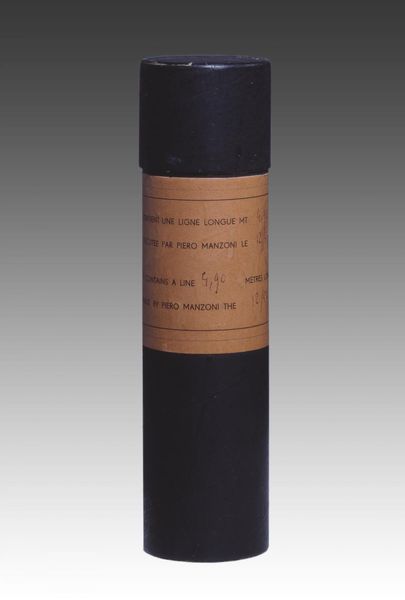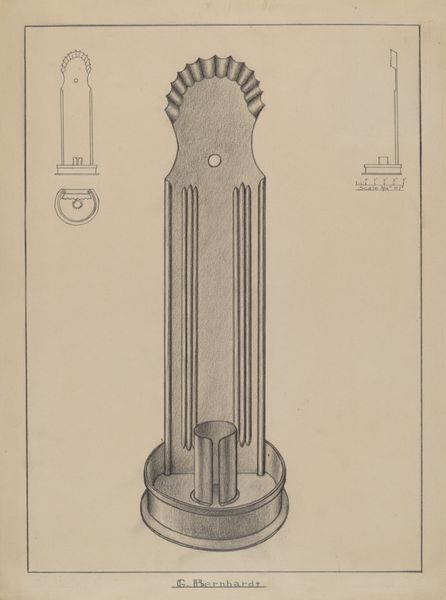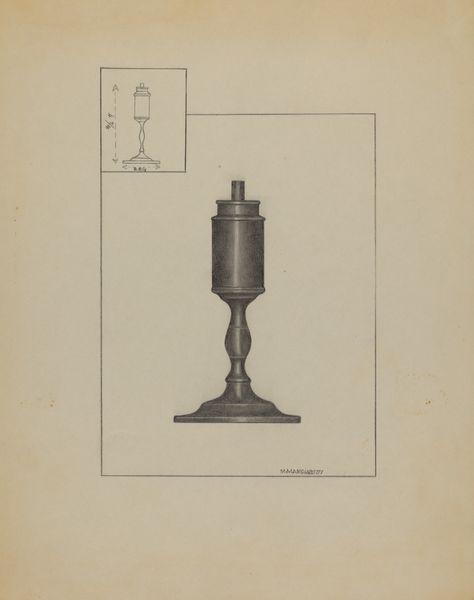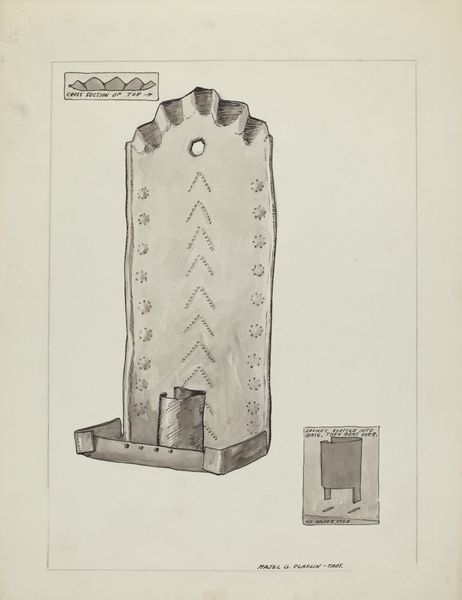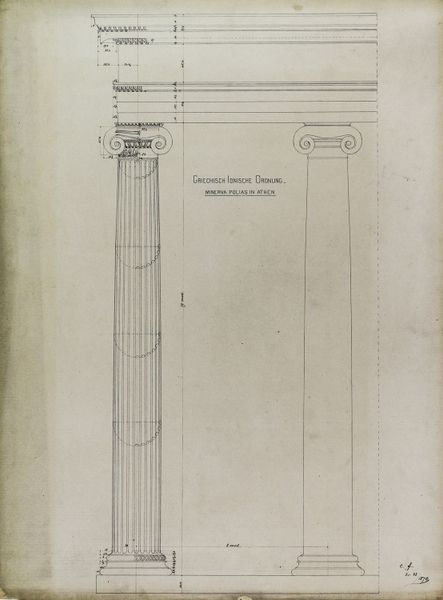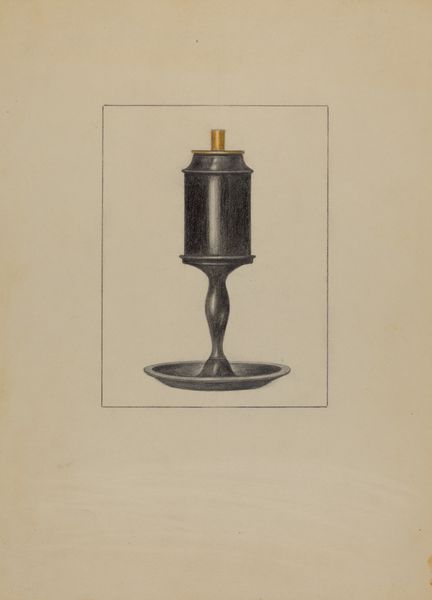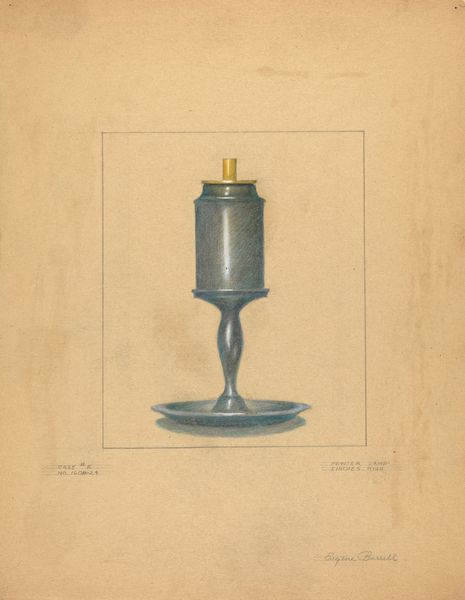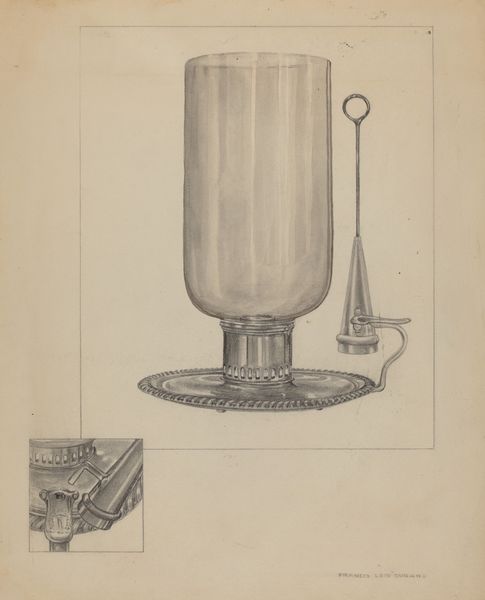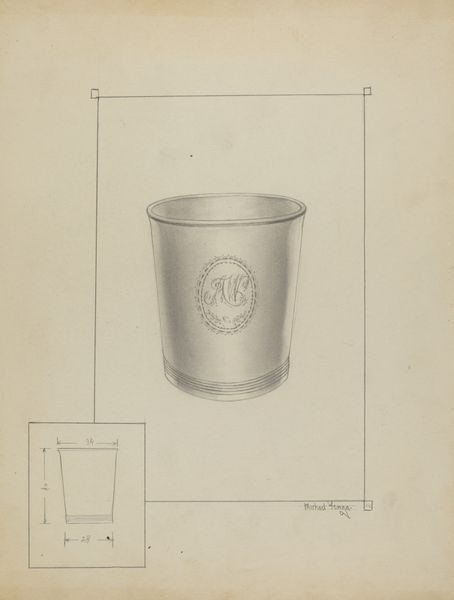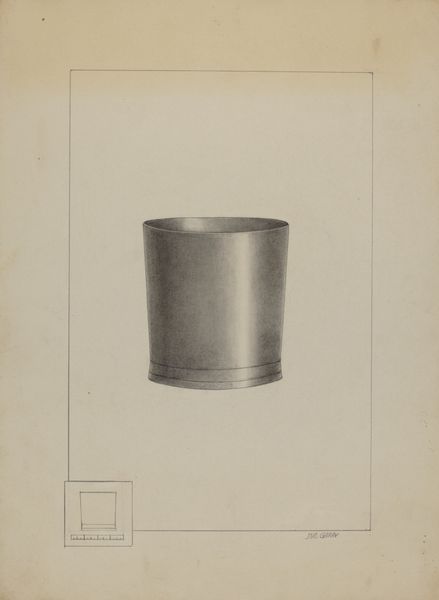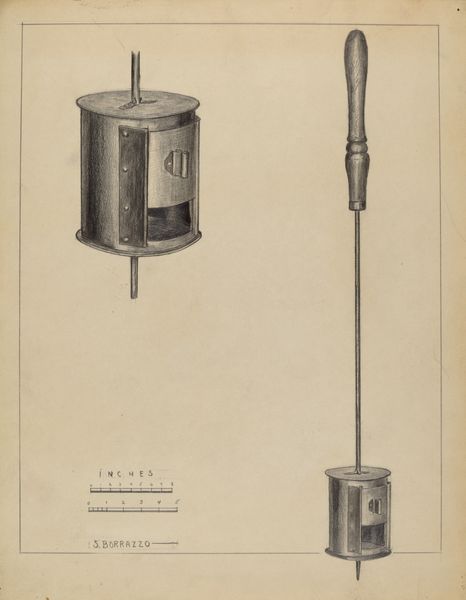
print, engraving, architecture
#
baroque
# print
#
history-painting
#
engraving
#
architecture
Dimensions: height 297 mm, width 172 mm
Copyright: Rijks Museum: Open Domain
Curator: What strikes me immediately is the sheer graphic precision of this 1734 engraving. It feels less like a representation of a historical artifact and more like an architect's meticulous rendering. There's a strange detachment, even coldness, despite the historical implications. Editor: "Grenspaal tussen de Batavieren en de Cananefaten," or "Boundary Stone between the Batavians and the Cananefates," by François van Bleyswijck. Its creation speaks volumes about how the Dutch Golden Age looked to its own past for identity and legitimacy. This stone was presented as an artifact of Roman governance, rediscovered in the 16th century near Naaldwijk. Curator: The prominent inscription and its precise execution direct us toward what it symbolized. Notice how the text emphasizes Imperial power. This isn’t just a stone; it's a monument to the continuation of authority across time. Editor: Indeed. The very rediscovery of this object at a particular moment shaped the way this imagery of Batavian heritage could serve the Dutch Republic's cultural narrative. The symbolic language suggests order, law, and defined boundaries—essential to a society grappling with its own national identity. It’s almost as if they are creating the foundations for what the area of modern-day Netherlands is on at least some historical bedrock. Curator: It raises interesting questions about the construction of national narratives. Van Bleyswijck isn't simply recording; he's participating in the act of defining what it means to be Dutch, or at least Batavian. It feels almost like the artist, through the commission itself, becomes part of an effort to assign not only boundaries but to also assign and define heritage, Editor: Exactly! And in presenting this marker of an ancient empire, the engraver perhaps highlights not the brute strength of empire but the importance of structure. Look how even the seemingly simple act of designating limits can gain such monumental meaning! Curator: Examining "Grenspaal" allows us to understand how historical imagery became potent symbols in shaping political discourse. Editor: Seeing it reminds us how the boundaries of power are not only geographical but also deeply ingrained in the cultural landscape. A marker of a forgotten world becomes a statement of a people seeking roots and rules for themselves.
Comments
No comments
Be the first to comment and join the conversation on the ultimate creative platform.
